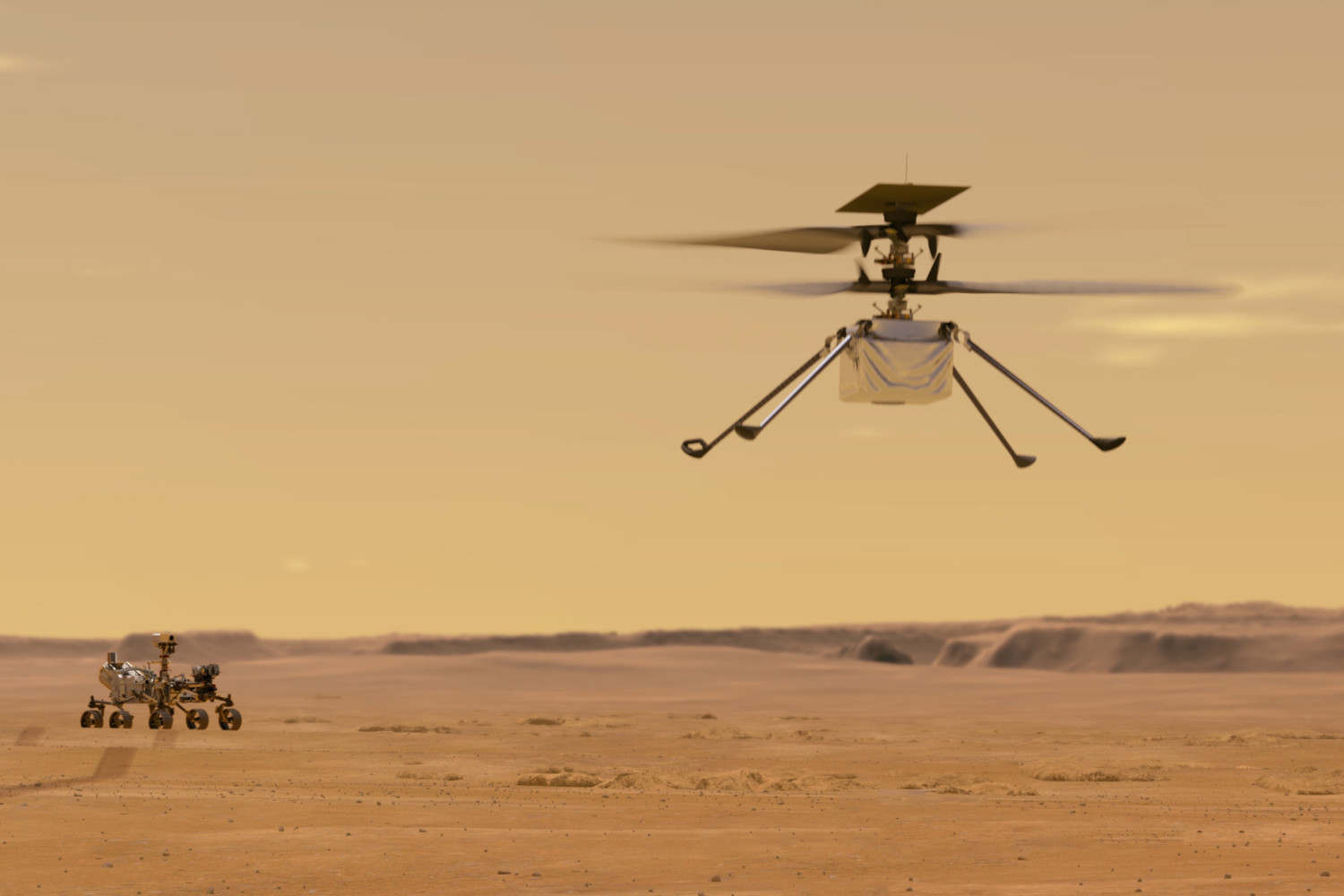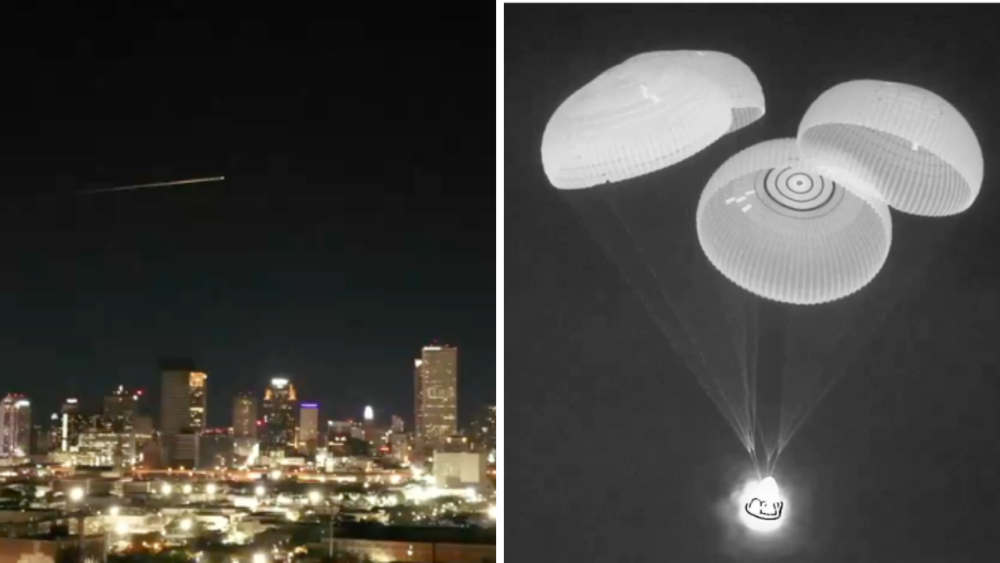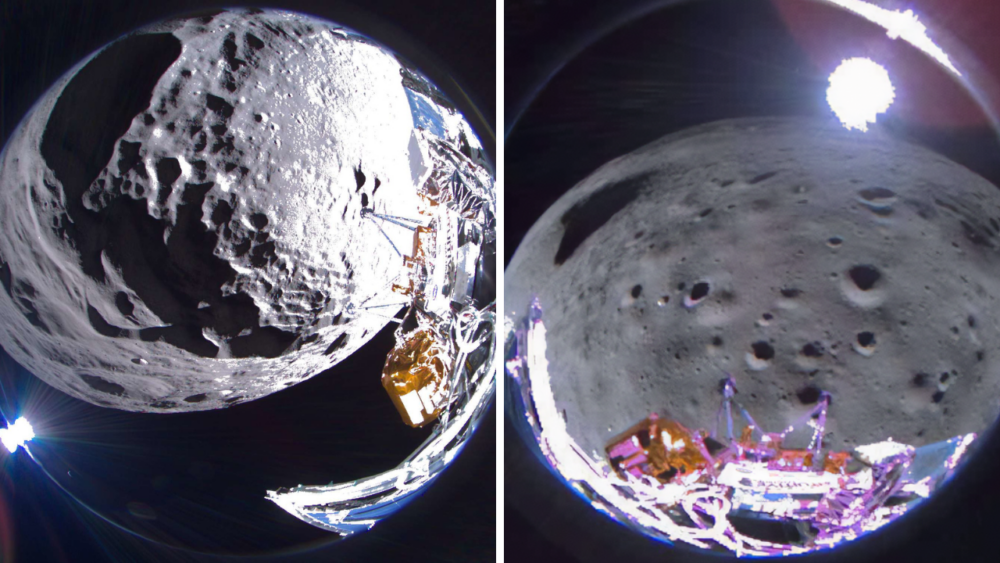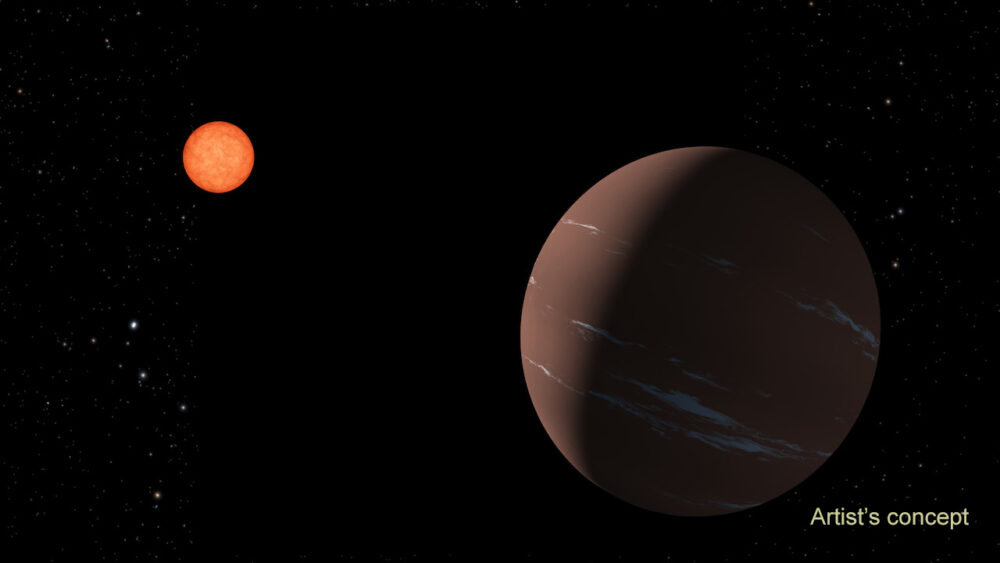Perseverance found a mystery rock on Mars and scientists can’t figure out what it is

Like its predecessors, NASA’s Perseverance rover on Mars is sending a plethora of images back to Earth, and scientists recently spotted something unusual amid the photographs.
This rover knows how to multitask. Perseverance had some spare time while the mission’s Ingenuity helicopter was unfolding, so it was scoping out some nearby rocks.
“This odd one has my science team trading lots of hypotheses,” the rover tweeted on March 31. (The social media team behind the rover’s accounts personifies it, penning first-person tweets from Perseverance.) “It’s about 6 inches (15 cm) long. If you look closely, you might spot the row of laser marks where I zapped it to learn more,” the tweet continues.
While the helicopter is getting ready, I can’t help checking out nearby rocks. This odd one has my science team trading lots of hypotheses.
It’s about 6 inches (15 cm) long. If you look closely, you might spot the row of laser marks where I zapped it to learn more. pic.twitter.com/sq4ecvqsOu
— NASA's Perseverance Mars Rover (@NASAPersevere) March 31, 2021
The rock looks smooth, almost glossy, and has a smattering of pockets.
Of course, some people had a good time with the replies — one person declared it a baby Death Star. Others stuck to the science, trying to determine whether it was a meteorite or searching for the aforementioned laser zaps.
Oh, and about those zaps: Amongst its data-collecting instruments, Perseverance sports a laser it can use to get an acoustic read on an object, CNet reports. A microphone on the rover captures the sound of those zaps, which scientists use to glean more info. “Variations in the intensity of the zapping sounds will provide information on the physical structure of the targets, such as its relative hardness or the presence of weathering coatings,” NASA says.
Twitter user @justpaladone zoomed in on the photo and found the laser marks on the rock in question:
I found them! 😄 pic.twitter.com/gvQ9alLGRF
— magnus taliesin 🌹🌺 (@justpaladone) March 31, 2021
Meanwhile, the rover kept tweeting. “The team has formulated many different hypotheses about this one,” it wrote. Did it weather out of bedrock, or was it blown there by an impact elsewhere on the red planet? Is it a Mars rock, or a meteorite? It’s unclear.
The team has formulated many different hypotheses about this one — is it something weathered out of the local bedrock? Is it a piece of Mars plopped into the area from a far-flung impact event? Is it a meteorite? Or something else?
— NASA's Perseverance Mars Rover (@NASAPersevere) March 31, 2021
As this strange rock was getting all of the attention, Perseverance was busy deploying its helicopter for what NASA hoped would be the “first powered, controlled flight on another planet,” NASA’s Jet Propulsion Lab says. Here’s a mock-up of the four-pound Ingenuity in flight:
On April 5, NASA reported that Ingenuity had hit a major milestone: The copter survived its first night on the frigid planet on its own. “Evening temperatures at Jezero Crater can plunge as low as minus 130 degrees Fahrenheit (minus 90 degrees Celsius), which can freeze and crack unprotected electrical components and damage the onboard batteries required for flight,” NASA said in a press release.
Perseverance tweeted a photo of the helicopter, which hitched a ride to Mars in the belly of the rover:
The #MarsHelicopter is on its own now, getting ready to take on Mars – one step at a time. https://t.co/Sqd4G8OYWY
— NASA's Perseverance Mars Rover (@NASAPersevere) April 5, 2021
Ingenuity’s first test flight could happen as soon as April 11, NPR reports. That initial flight will be a quick one: the copter is scheduled to rise 10 feet off the ground and hover for one minute before returning to the surface of Mars. More test flights will follow over the next month.
Isn’t science cool?





